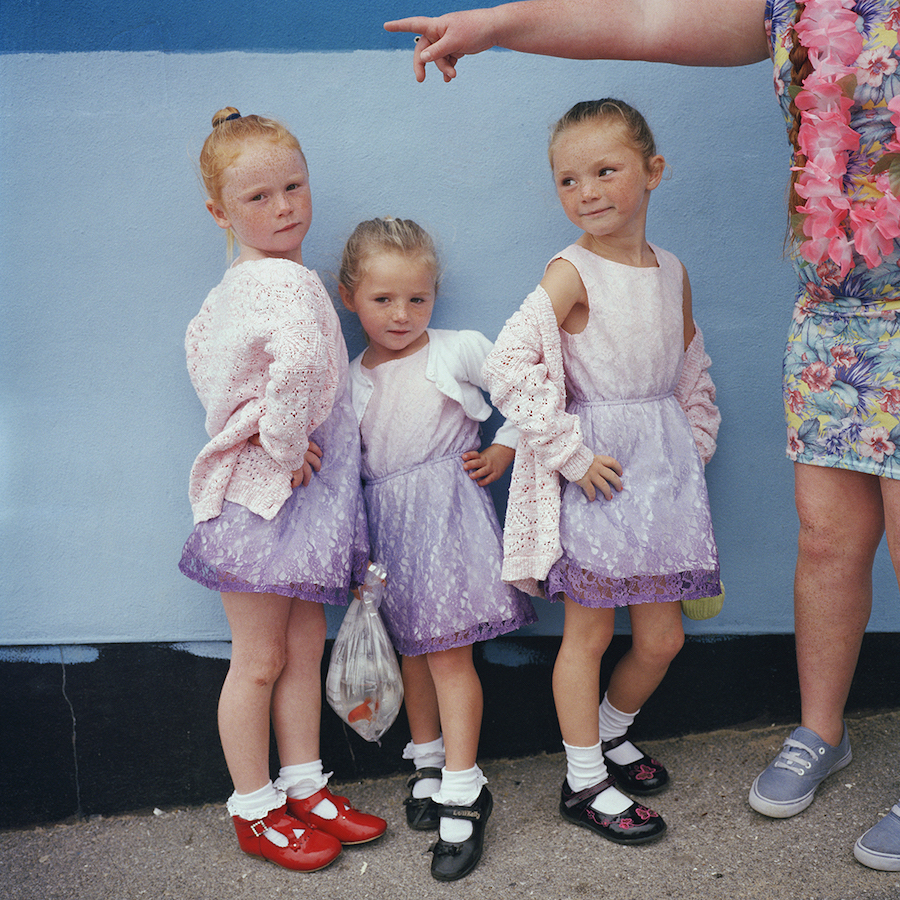Clémentine Schneidermann is currently living in the South Wales Valleys. If you Google “Welsh valleys,” the first result, below the Wikipedia entry, is a BBC news story titled “The Unbearable Sadness of the Welsh Valleys.” Marked by the closure of the region’s coal mines, which many of its inhabitants depended on for their livelihoods, the area is plagued by unemployment and all of the other usual symptoms of a post-industrial fallout.
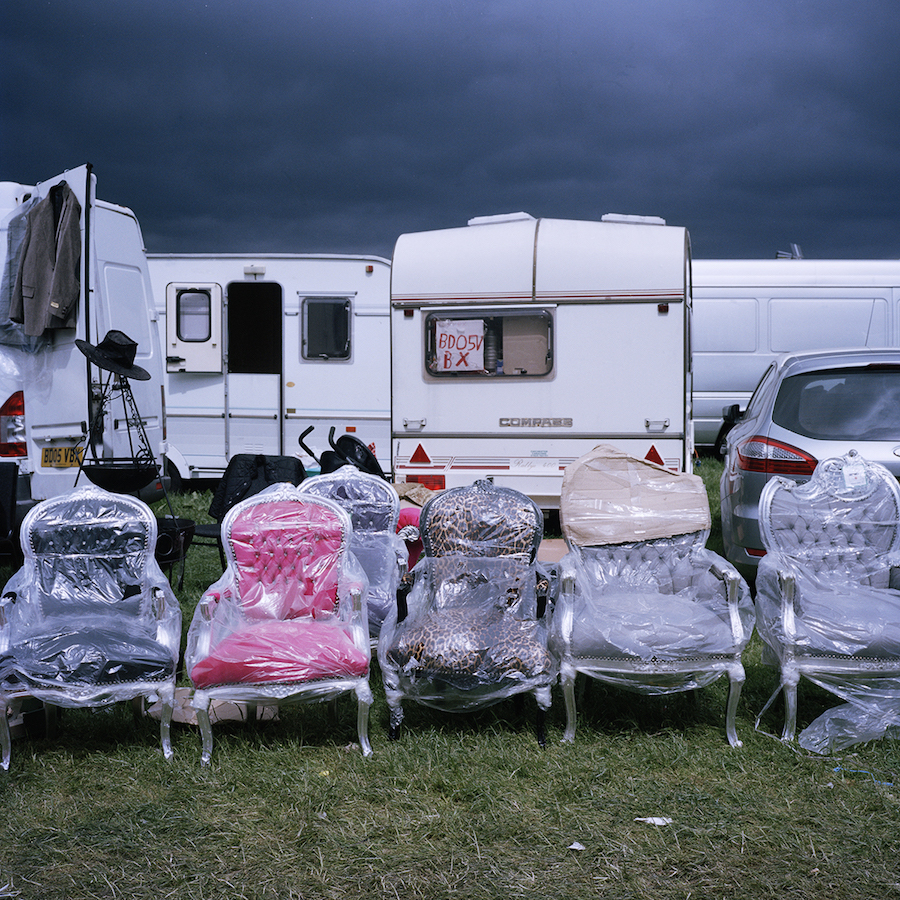
What’s a creative Parisian 24-year-old doing in the Welsh valleys? After completing her masters degree in documentary photography at the University of South Wales last year, Clémentine received a commission to photograph the residents of Blaenau Gwent — a borough with the highest level of child poverty in Wales — during a three-month-long residency. Organized by the non-profit Arts & Minds, the project aims to spotlight the area’s regeneration. “It’s not easy,” Clémentine says. “You can’t just walk in there with a camera. You have to meet residents gradually. It’s a close-knit community and people are reluctant to be photographed.”
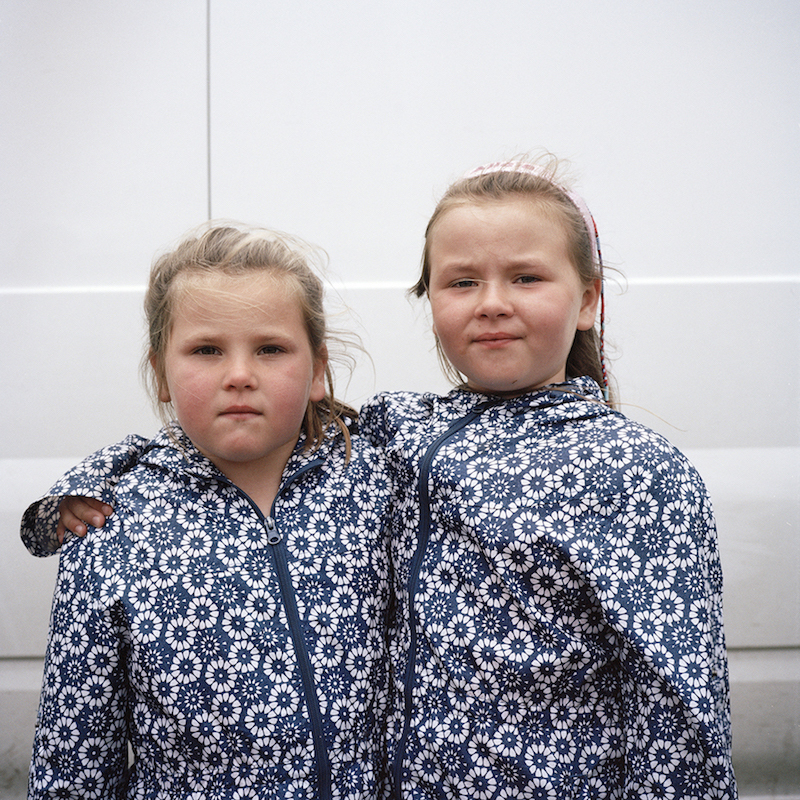
The one photo she’s released from the series so far is a portrait of a gray-haired man from the former mining community of Winchestown. Like all of her photos, it’s suffused with a soft light that makes its subject matter look inherently more optimistic. It captures the terraced houses of the small industry-built town and the ambivalence of one of its inhabitants as he squints into the sun, face upturned towards the sky.
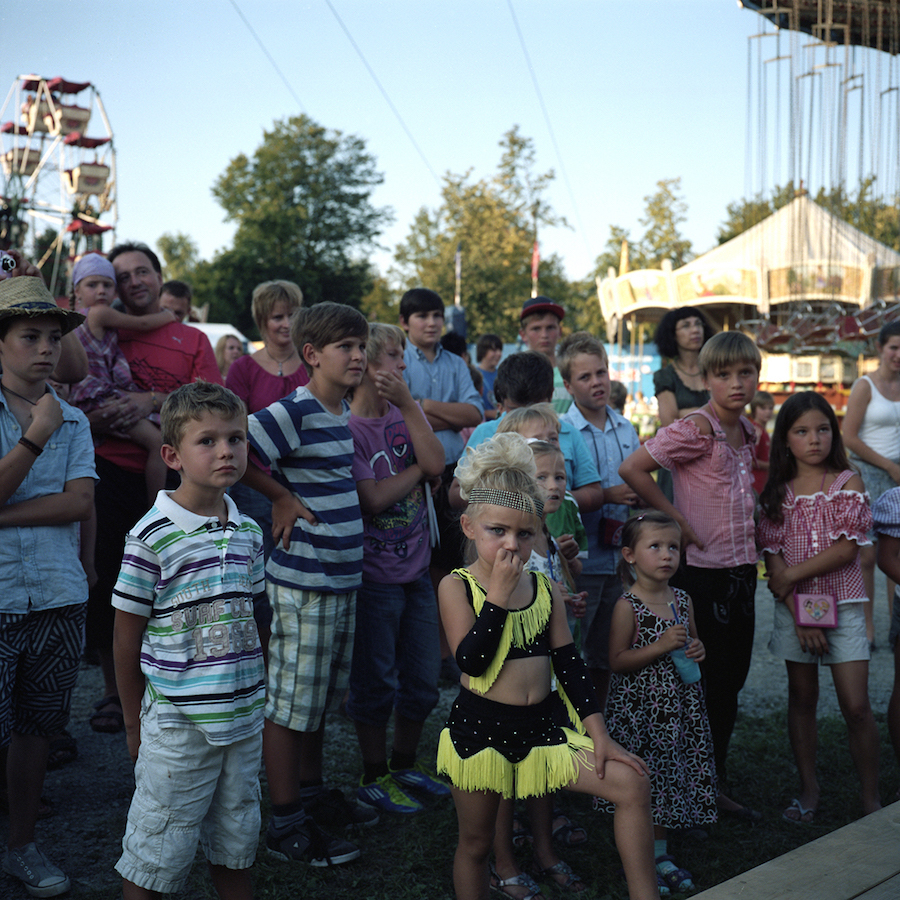
Clémentine gravitates towards disenchanted places for her work. In her acclaimed series “I Called Her Lisa-Marie,” shot over three years, she contemplates the thousands of Elvis fans who gather each September in the otherwise glum Welsh coastal town of Porthcawl. She also documented the icon’s lasting legacy in Memphis (interestingly, it’s hard to tell which photos were taken where). And for “Jour de Fêtes,” a kind of ongoing side project, she photographs festivals and carnivals in some of the bleakest towns in Europe and beyond.
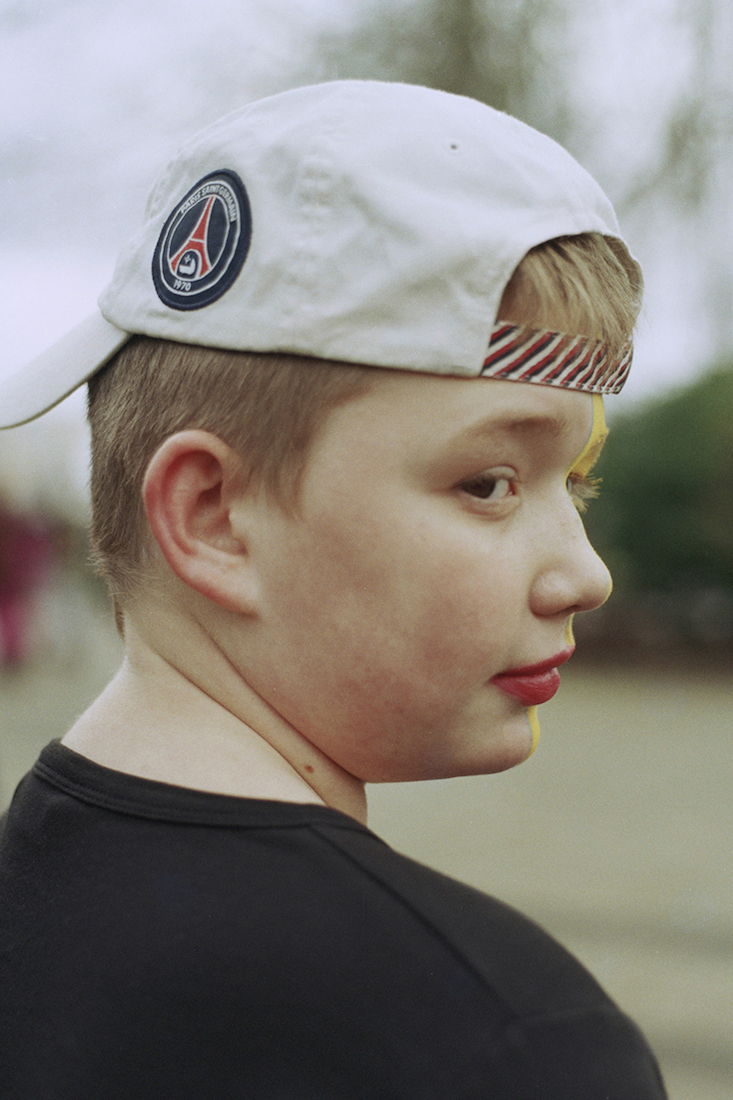
“The first time, I was 19, in Switzerland,” Clémentine says. “It was in the middle of nowhere in the Alps. There were around 5,000 people gathered for a festival and the material was so rich. When I was younger, I would always write stories and invent lives for people. So I started to become fascinated by these small towns.” She began traveling more – to Bavaria, Spain, the North of England. “It’s very spontaneous. I just go with my medium format camera and I don’t need anything else.”
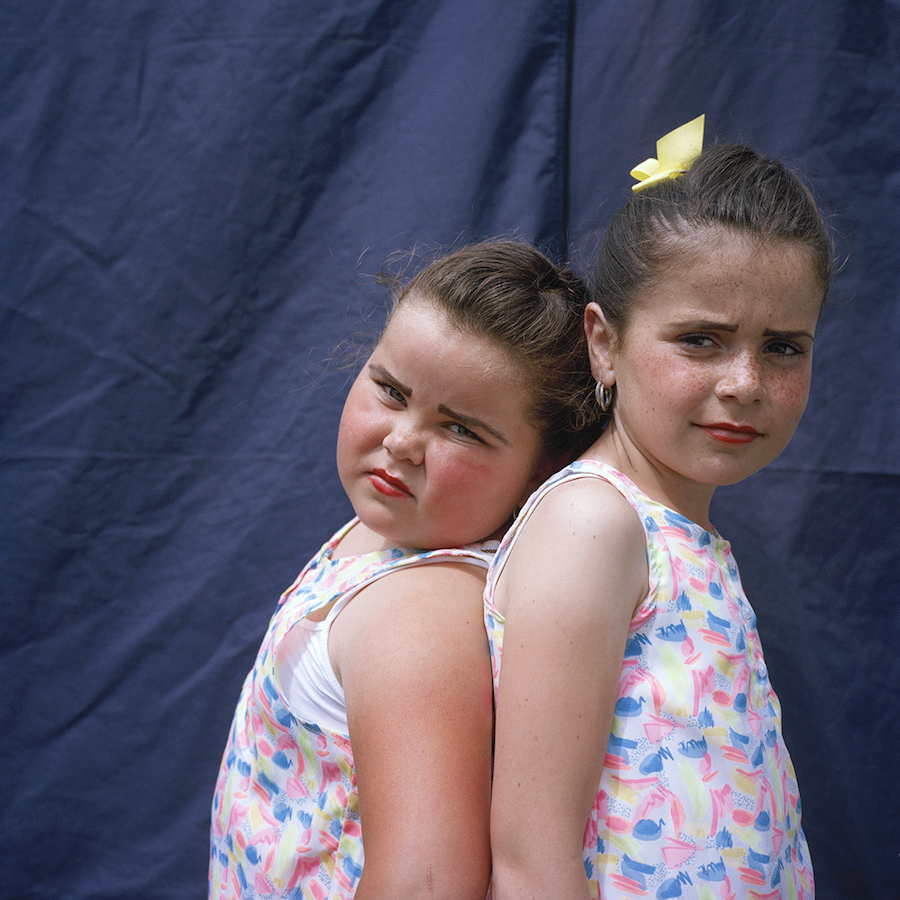
While she rarely works in her home country, she did skip back over The Channel to take some photographs in Dunkirk. “It’s supposed to be one of the ugliest towns in France,” she says. “And it is rundown, but they also have the most amazing carnival.” She shot young freckled girls in faded lipstick and matching hair bows, and women in plastic leis comically out-of-tune with Dunkirk’s constant backdrop of grey pebbledash.
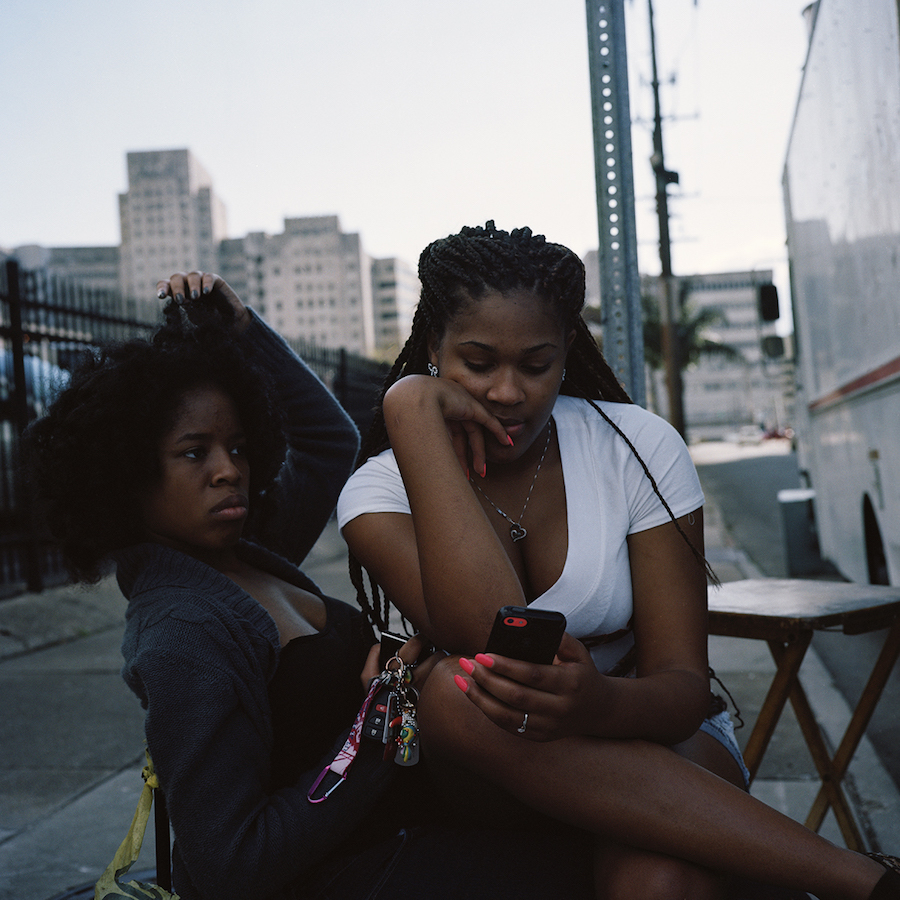
“Melancholy and humor work well together for me,” Clémentine reflects. But her camera never focuses on the truly miserable. The title of her festival series, she explains, was inspired by the offbeat Jacques Tati comedy Jour de Fête. “These towns with a bad reputation, I want to find something that gives us a different vision of them,” she says. “I was inspired by Tati because he likes the absurd. That film was made in 1949, it’s about people returning after the war, so people are sad – but they’re also celebrating.”
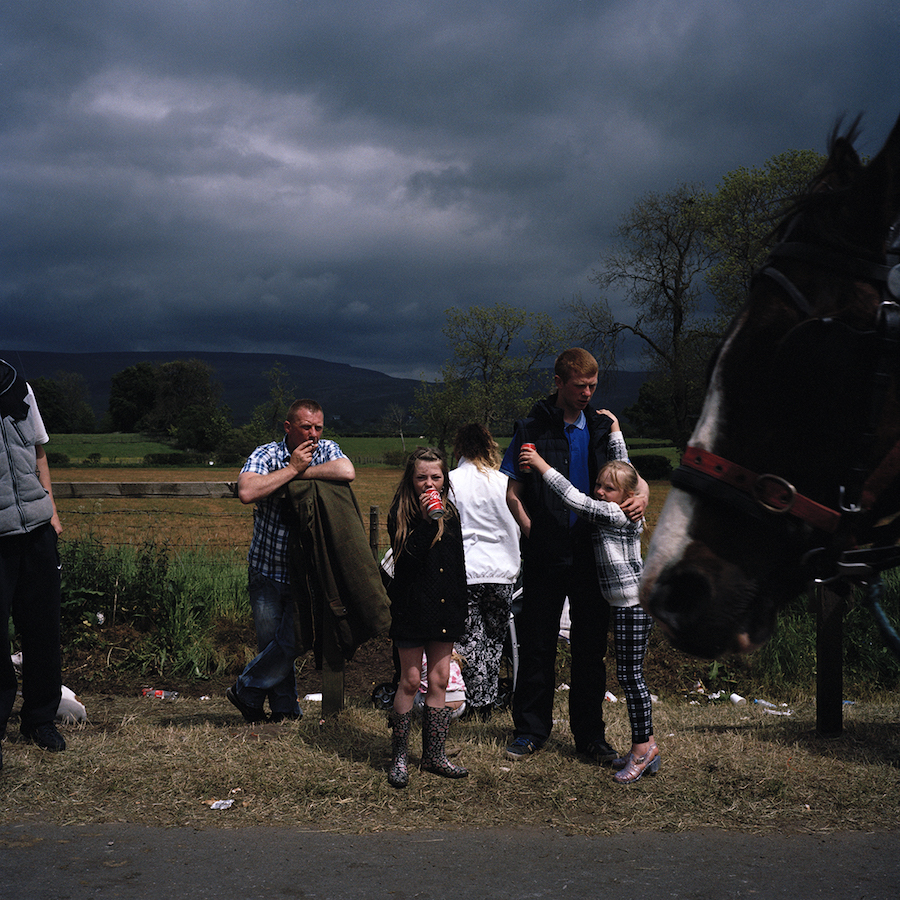
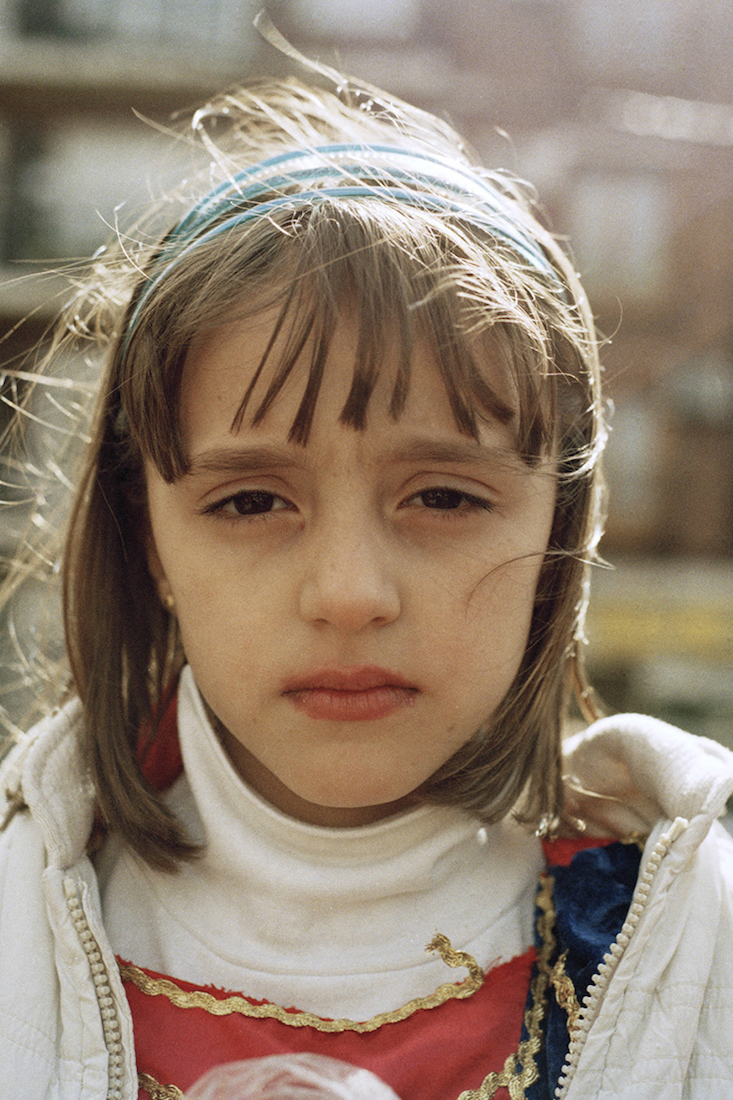
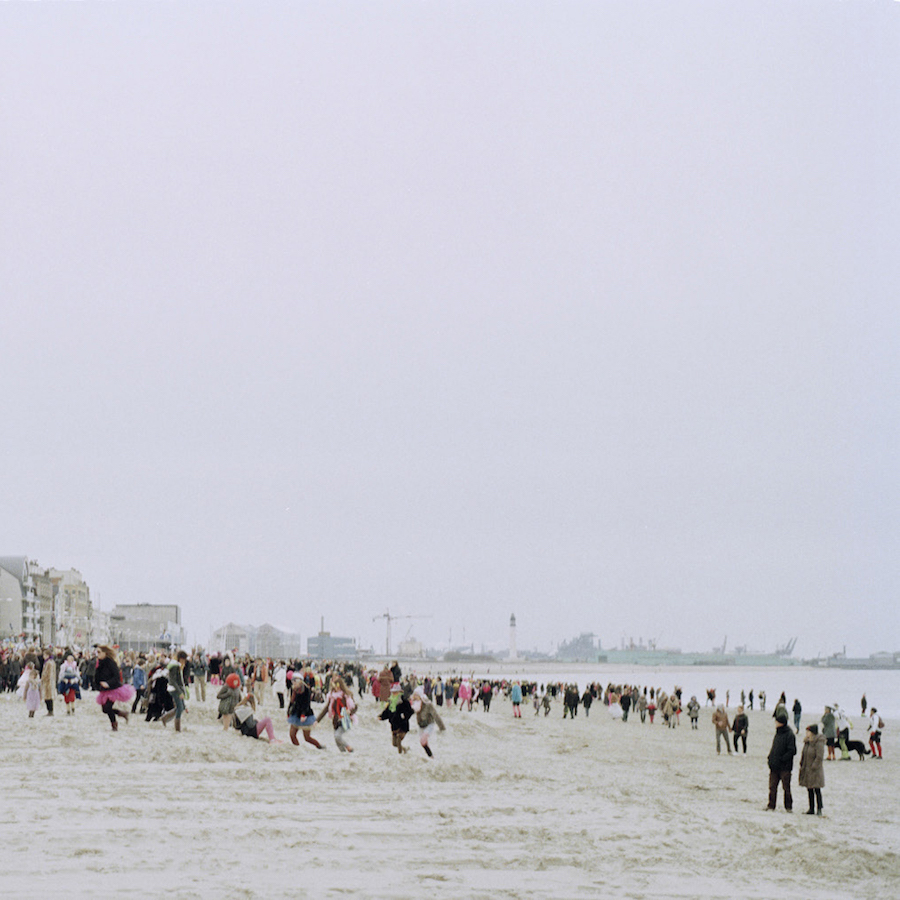
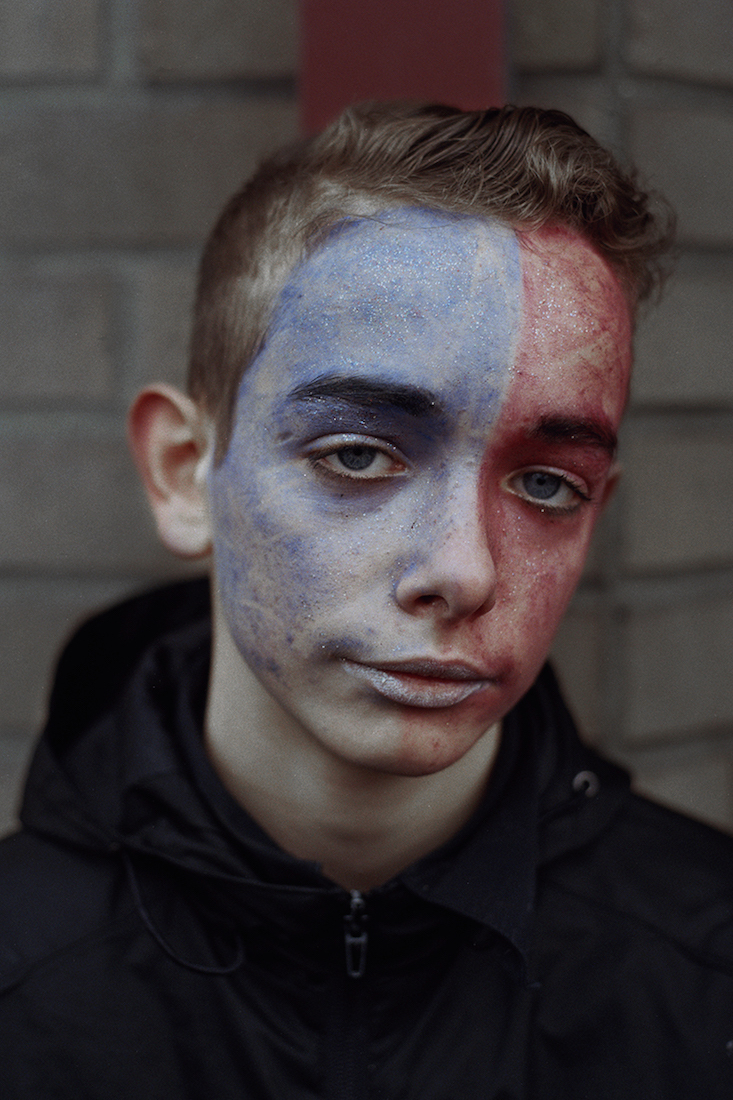

Credits
Text Alice Newell-Hanson
Photography Clémentine Schneidermann
